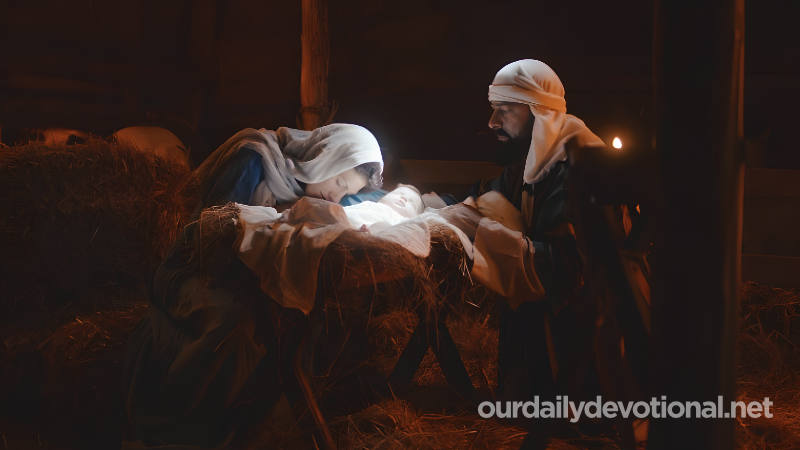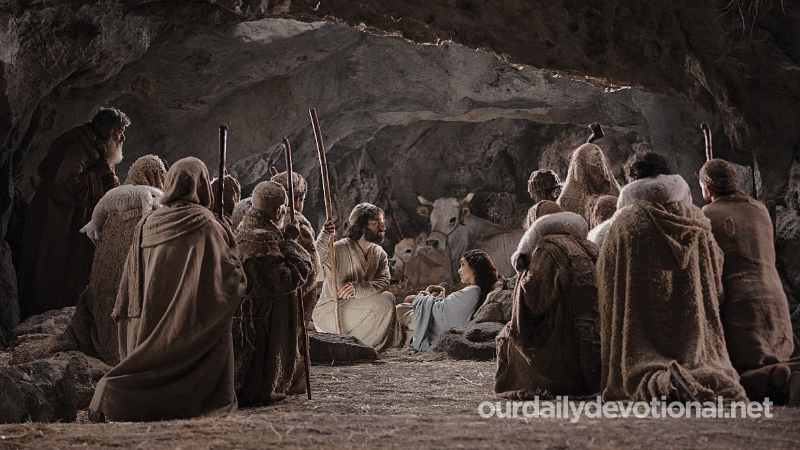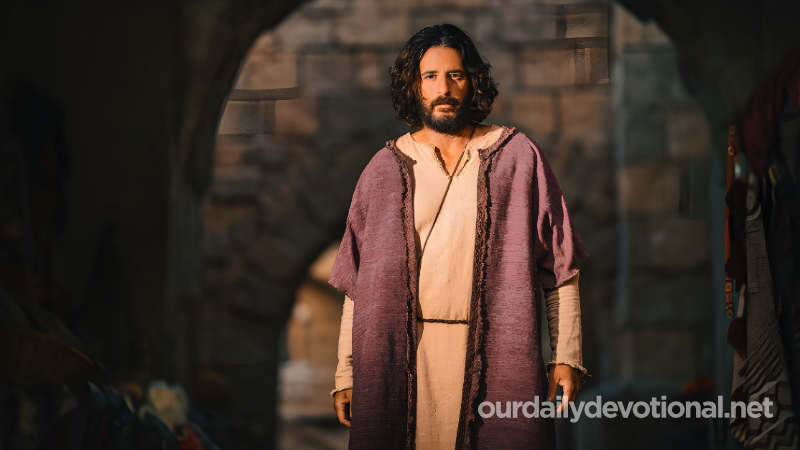One of the Bible’s nastiest characters is known to history as “the Great.” Herod, who was only part Jewish, had made an impression as a leader on the Roman ruler Augustus, who allowed Herod to rule as king over the Jews (thought he was still under the Roman thumb).
Herod knew the Jews despised him, so he tried to impress them with lavish building projects. His most notable project was rebuilding the temple in Jerusalem, making it much more impressive than the original built by Solomon.
(The famous Wailing Wall in Jerusalem is the only part of Herod’s temple still standing.)
Herod the Great appears only briefly in the Bible, notably in connection with Jesus’ birth. When Jesus was born in the town of Bethlehem, the wise men came “from the east” and asked Herod where to find “the King of the Jews.”
Paranoid, egotistical Herod considered himself the king of the Jews and wasn’t pleased to hear that he had a rival. His aides told him the Messiah (or Christ) would be born in Bethlehem.
Herod told the wise men to find the child in Bethlehem and to report back to him. They found Jesus, presented the famous gifts (gold, frankincense, and myrrh), but a dream warned them not to report to Herod.
When Herod realized he had been outwitted by the magi, he was furious. He gave orders to kill all the boys in Bethlehem and its vicinity who were two years old and younger.
A dream warned Joseph to flee with Mary and Jesus. Herod died not long after, in 4 B.C., and another dream told Joseph that it was safe to return home.
The name Herod appears later in the New Testament, and the authors weren’t always careful to note which Herod they were discussing.
Herod Antipas, Herod Agrippa I, and Herod Agrippa II all appear in the New Testament, sometimes only called by the name Herod.
See 272 (Salome).






